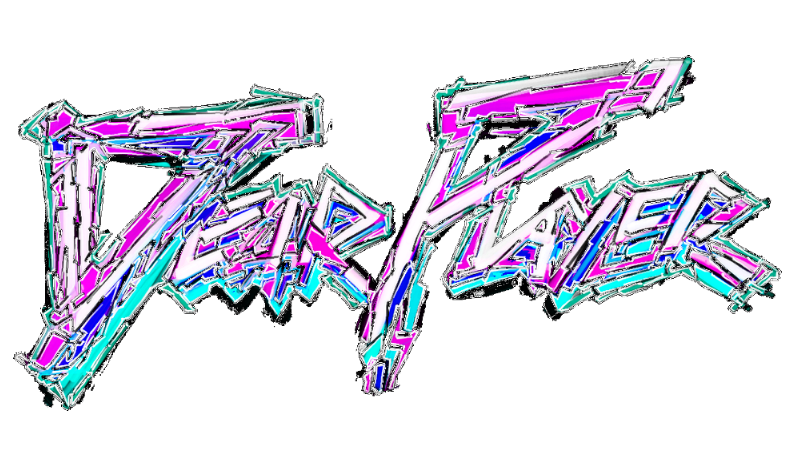Dear Player: Gorogoa and the Language of Comics
Games and comics have much in common as media on the margins, at once ancient (as icons and tokens) and new (as VR and touchscreens). Both are complex hybrids with a deep and varied ancestry of art forms serving as their foundations, but each medium still has much to learn from the other.
In Understanding Comics: The Invisible Art (McCloud, 1993), the medium of comics is analysed by the medium itself, a graphic novel about graphic novels. It is a remarkable strength of any language to be able to deconstruct itself, unravel its innards, and comics (or 'juxtaposed pictorial or other images in sequence' as McCloud has it) is yet further fascinating in its capacity to deconstruct the field of representation itself. In no small way this is because, like games, comics are a composite medium - playing with text, image and space simultaneously. Comics are a form whose conventions remain remarkably flexible, bendy, thanks to being marginal - at the edge of low culture and the experimental interests of many artists, much like the medium of games. And this self-reflexivity and flexibility is accentuated by the fundamental lateral thinking involved in reading comics - its material is highly interactive, involving slippages between our understanding of different media between every panel - much, it must be said, like games
But how, and in what ways, do comics and games connect in practice? There's always the transmedia story-telling of many a Marvel or DC franchise, whether that be the action-adventure of a Spider Man or the fisticuffs of the Injustice League, but this is largely set-dressing, the sharing of characters and environments as content. Closely related to this is stylistic, formal, lifting - from a LEGO Marvel game's UI (even borrowing the odd Ben-Day dot from 60s panels) to the juxtaposed image and caption techniques that a Visual Novel brings from manga to interactive fiction.
But some games also grapple with both content and form, using something of the material nature of sequential art (the 2D multi-panel comic) to tell its stories. Scribblenauts' central mechanic of translating text into functional visual characters to solve puzzles might be a strong example of this at the level of metaphor, as could Barbara Finch's story in What Remains of Edith Finch, in which a fictive comic book allows you to move into panels as three-dimensional cell-shaded spaces. Like Kindle's or Comixology's 'Guided View', all of these strategies prioritises the panel itself as a metaphorical window onto a living world, with the fundamental belief that, in an ideal world, a comic would never need more than one panel - action would simply unfold and the frame would disappear. However, in exploring the language of comics solely within the frame and not across the page, they misrepresent comics as a prototype medium. Rather than embracing Will Eisner's definition of comics as 'sequential art', these works treat comics as a form of film - bringing time inside the panel, instead of playing spatially with time between them.
More transparently than most narrative media, comics are concerned with 'closure' - the reader's participation in activating imagery and generating meaning. As Scott McCloud is keen to emphasise, much of the magic of comics comes from the 'gutter' - the space between panels, and the fact that the eye moves between them, suturing them, circulating them, combining vague impressions of what lies ahead with the immediacy of the current panel. Different panels can convey different senses of time and space, and mean different things in relation to other panels than they do in-and-of themselves. One could contain the single beat of a fly's wings, the next a car's whole journey - each a different understanding of an American desert at different scales and different registers of time. The contrast is palpable when juxtaposed, a calm, slightly surreal representation of infinity, but when followed by a third thin panel emblazoned with the single word 'SPLAT' these two views of the same place collide in tragi-comedy.
Gorogoa is a game which glories in the magic of the 'gutter' - the movement of the eye, the paradoxes of scale and time, and the surreal combination of dimensions that comics afford. Taking the form of a four panel grid, Gorogoa has its player push and press at its hand-painted vignettes in order to parse its world. Part Escher, part Magritte, each panel can create and disrupt patterns and passages in conjunction with its partners. Zooming into a building in one panel might bring a vine close to the frame, and suddenly it forms a continuous trunk with a 'painting' of a beanstalk in the panel below it, either letting the plant grow and expand through the game's grid, or providing a character with a ladder with which to traverse between frames. By rhyming the game's careful pen and ink drawings, we can play with the syntax of comics, and the broader language of representation. Fictive photographs or carvings, book covers and maps alike, all can be transformed into spaces, volumes and landscapes, while the border between the interactive and the purely symbolic breaks as we change the context of each image.
“Here in the limbo of the gutter, Human imagination takes two separate images and transforms them into a single idea.”
In Gorogoa, we aren't just presented with comics as content or style. Nor do we find it elevate the 'panel-as-window' metaphor that trivialises the frame and reduces comics to a poor man's cinema. In Gorogoa, we play with the power of juxtaposition - transmuting materials, relationships and perspectives by layering and connecting imagery. Shaping stars into lanterns, moulding ruins into train tracks, we play with the language of comics - transformation through context.
Dr Merlin Seller







